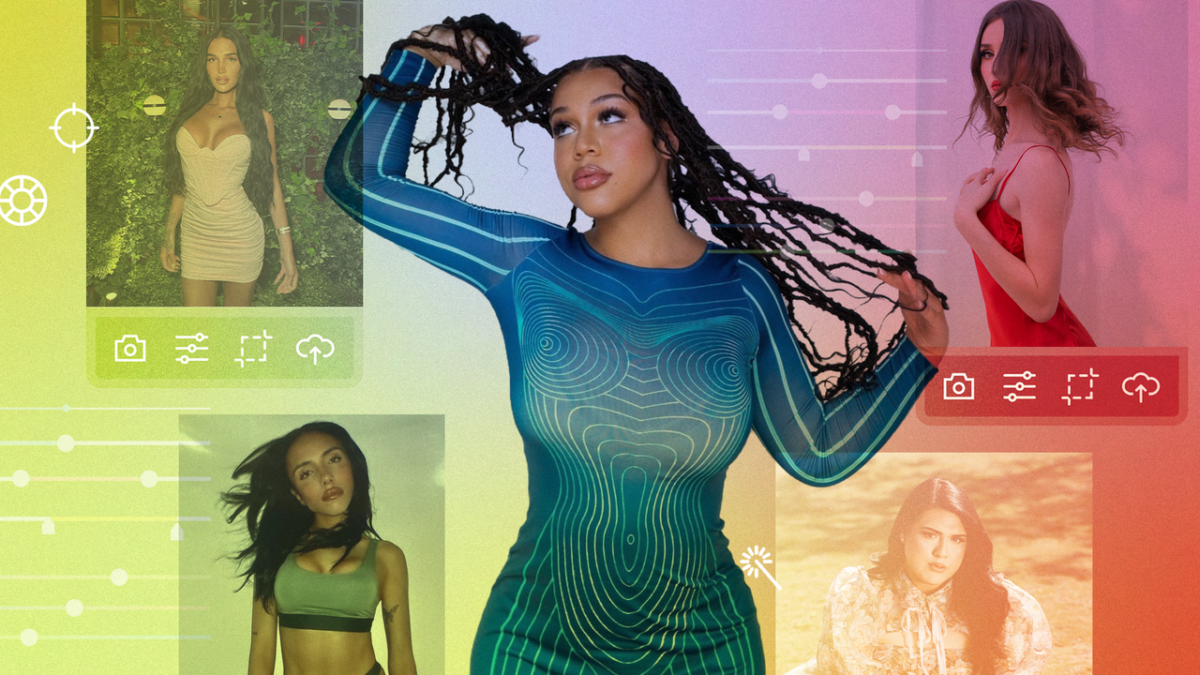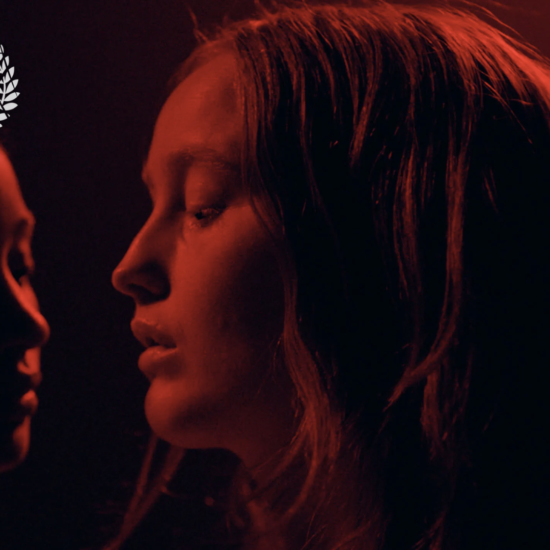
The final images appeared in my email inbox months later. My lips looked thin and I swear my ribcage looked wider than it did in real life. I showed them to my family and friends, anticipating an overcompensation of compliments. To them, I looked beautiful. But it wasn’t my version of beautiful.
Facetune became even more key to my gender identity when I started to pursue feminization surgery. Two years ago, I walked into a medical aesthetics clinic to get lip filler for the first time. I spent years augmenting my lips on Facetune and showed my injection nurse the edited photos for reference. The app let me experiment with physical feminization before I pursued it medically.
It turns out, I’m not alone in my experience. Lilah Gibney, an influencer and self-proclaimed Facetune expert, was still learning the ins-and-outs of feminine beauty when she first turned to the photo-editing app. “When I wore wigs early in my transition, I used Facetune to make the hair look like it was growing out of my head instead of lace,” she says. “I wanted long hair but didn’t know how to properly achieve the look. I used the smooth tool to disguise my lacefront.”
I also experimented with wigs to help with my gender dysphoria. I bought a 24-inch U-part wig, which covers the natural parting of your hair with wig lace, but it still didn’t look right. Facetune was the only way to go until my hair grew long enough to blend with extensions.
Athena Layna, a trans beauty creator, uses Facetune’s smoothing tool to “retouch any facial hair or razor bumps,” along with the reshape tool. “Especially since I plan to get facial feminization surgery in the near future, playing around with the reshape tool gives me a little glimpse of what’s to come,” she says.
Despite this, Facetune and similar apps have come under fire from cisgender celebrities who are against photo-editing. Some celebs have been called out for retouching their images on social media, while others have criticized the use of filters and apps, creating a stigma around altering your appearance. But for many trans people, Facetune is a means of translating our internal feelings into a tangible reality.
“We tweak little things, whether it be face or body features, to help portray ourselves in the way we feel,” says model and artist Jovel. “I want to see myself in my most feminine light. You can use photo-editing as an artistic medium to express yourself, like any other medium.”
Zaya Perysian, a transgender creator with nearly 5 million followers on TikTok, used Facetune during a time when she didn’t have access to trans-inclusive medical care. “Thanks to lifesaving gender-affirming care, like hormones and surgery, I use Facetune less than I did before,” she says. “Before I got my body feminized, I actually used Facetune to show my doctor what I wanted to achieve, like editing on hips and making my chin smaller.”













